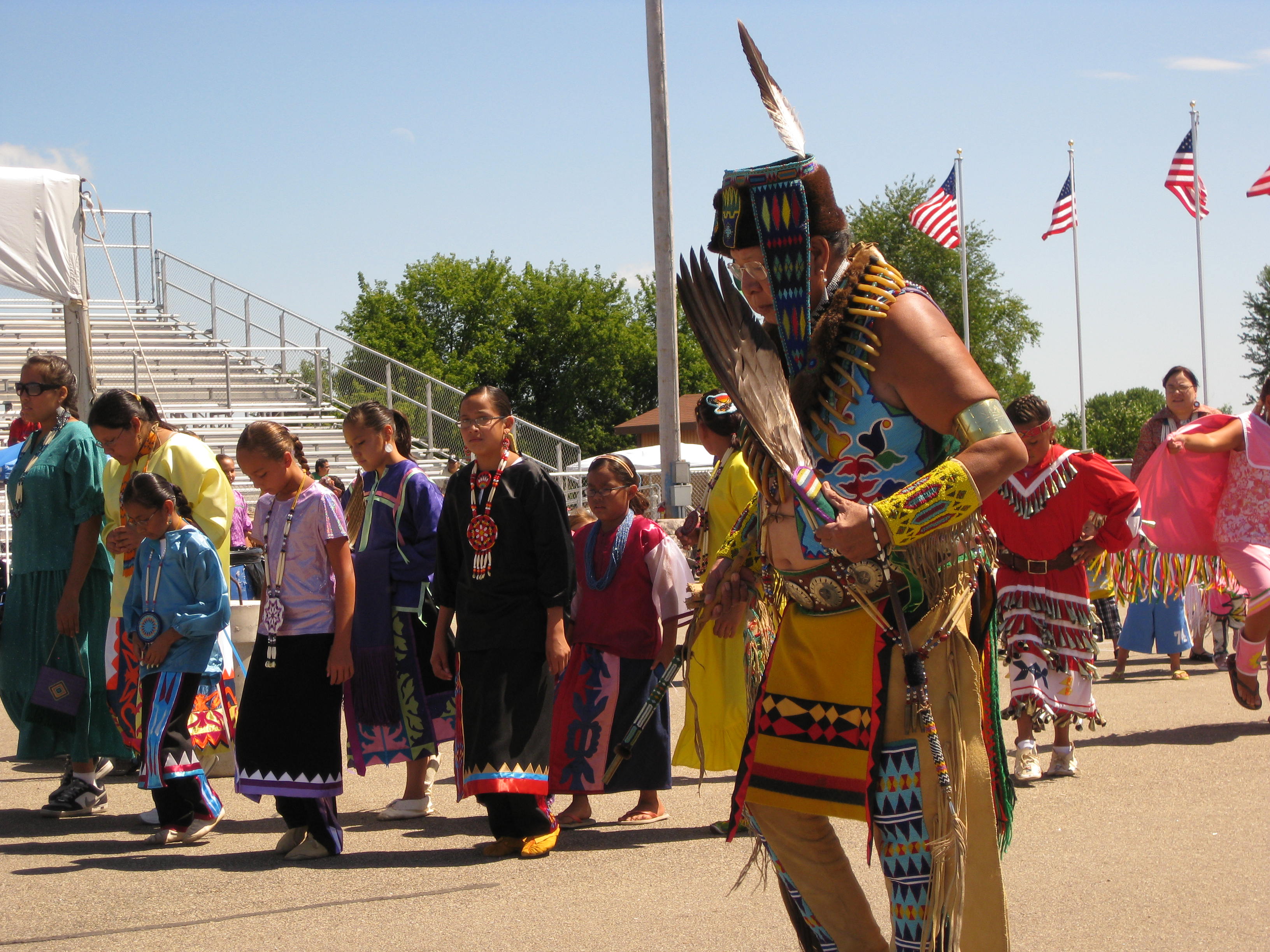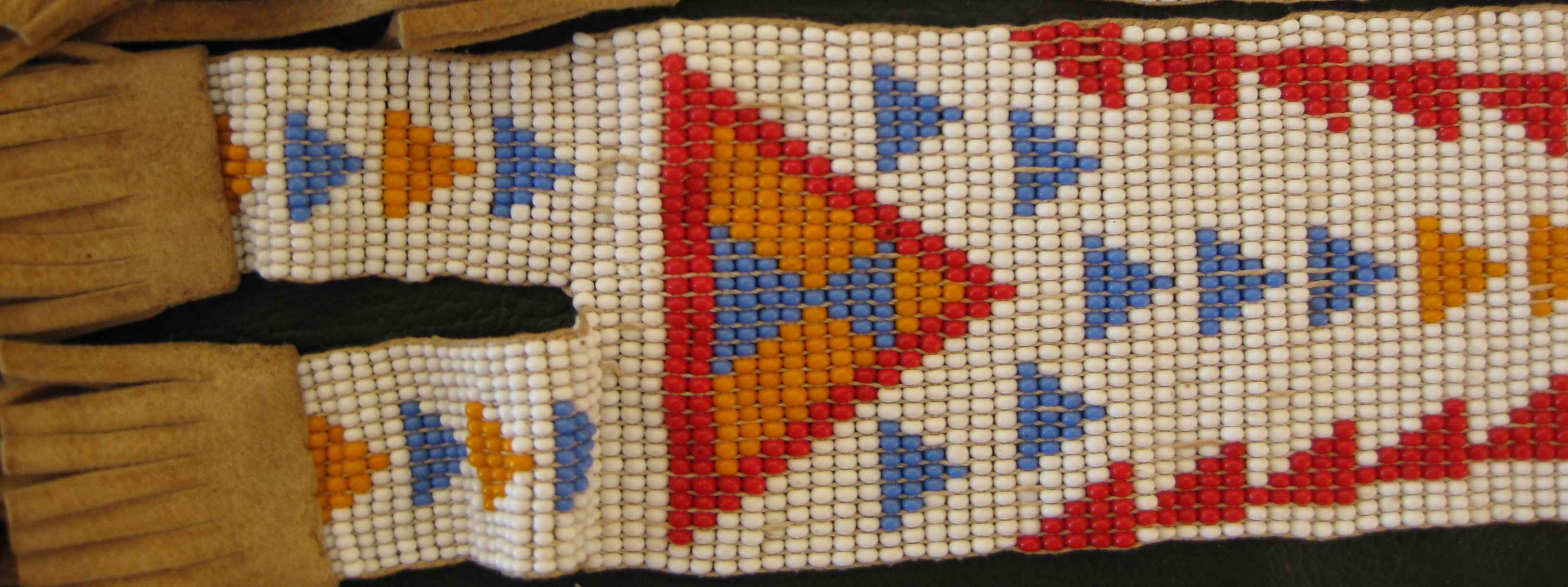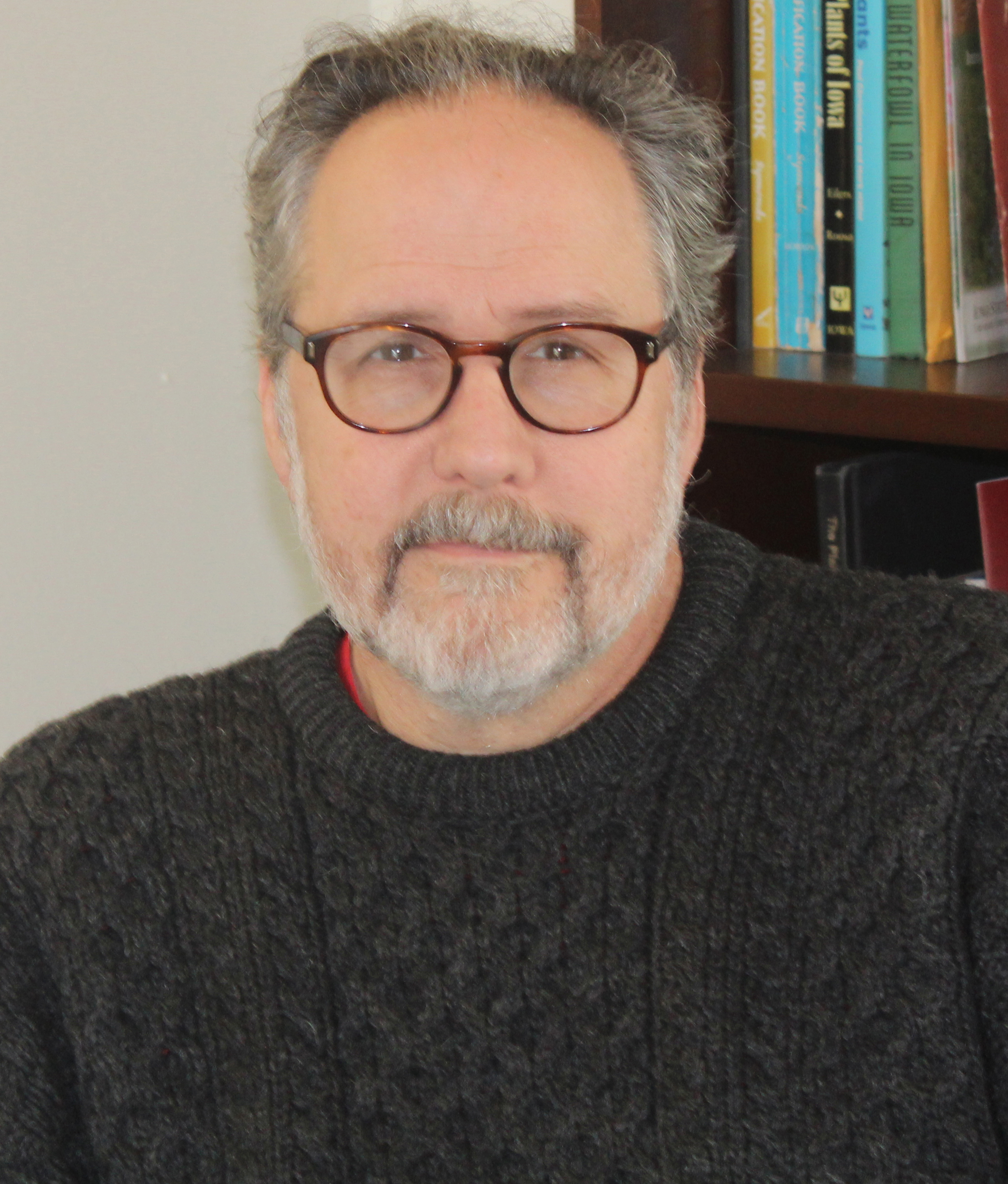I write this in disputed territory.
Like most non-Native Americans, until recently I never appreciated this truth. I grew up thinking the New World was “discovered” at the end of the 15th century by European adventurers who landed on territory that was sparsely populated by primitive tribes—scattered indigenous bands leading a nomadic existence and constantly fighting one another. European colonization was a good thing—a civilizing influence, bringing the blessings of a more advanced culture which could levy peace among the combatants and properly exploit the riches of the vast territory that lay before them.
My, how things change. In my lifetime, “exploit” has come to have a different meaning altogether. We have reconsidered taking a day off to celebrate Columbus Day. We no longer blithely watch movies and TV shows which valorize genocide. And sports teams identified with racist slurs, misnomers, or appropriated names have begun to change their brands. We’ve seen that Manifest Destiny’s full story was a lot more complicated—and less an occasion for self-congratulation—than we realized.
Seen through indigenous eyes, the Europeans’ arrival looks like a serial catastrophe: centuries of famine, disease, and conflict, ending in displacement at best and extermination at worst. Cultural theft and erosion; loss of access to lands and ecosystems where, for time immemorial, First Nations people farmed, hunted, and built villages, towns and cities—many of them rivaling any that existed on Earth when the whites arrived—seized by soldiers and turned over to invaders who then slaughtered the once-abundant wildlife and plowed up the rich earth to plant foreign crops and support alien livestock. The very bones of indigenous peoples’ ancestors were rooted from the ground and put in glass cases and museum drawers as objects for “study.” And children were ripped from their families and shut up in boarding schools where they were abused and forced to stop speaking their native language, their former way of life becoming a fading and faded memory.

Meskwaki pow-wow; photo by Jon Andelson.
That’s changing, as I say, but change comes slowly, and the damage was massive and nearly complete. The town where I write this, where I own a house built less than fifty years after its swatch of prairie was ceded under pressure by the Meskwaki nation, is home to a college which has begun to appreciate the scale of this tsunami of displacement. It is now in vogue for institutions like Grinnell to craft “land acknowledgement statements.” These brief pieces of text—recited at public events, posted on websites, published in journals like Rootstalk represent an attempt to publicly recognize the true scale and consequences of the European incursion.
A year ago, in the class I co-teach with Rootstalk publisher Jon Andelson, we tried to craft a statement we could run on our pages. We failed. It wasn’t for lack of effort. We spent days discussing Grinnell College’s first effort, which we deemed inadequate. Try as we might, though we decided that our statement was better than the one the College came up with, it still seemed lacking. How, after all, was it adequate to “acknowledge” the disaster that had been visited on the Meskwaki, Sauk, Ioway, and other tribes who had originally lived on the land which became the State of Iowa? Without concomitant action to accompany the statement’s rhetoric, our statement would ring worse than hollow.
What, then, ought we to do? It is the question recorded in the Gospel according to Luke, asked of John the Baptist by a crowd listening to him preach. John’s answer suggested radical action: Whoever has two tunics should share with him who has none, and whoever has food should do the same. There have been proposals which advance the notion of reparations. But how are reparations to compensate people who, before the white tide rolled over them, had no notion of land ownership, whose true loss was heritage, identity, and habits of being as deeply founded as any on Earth? What dollar figure can be placed on the erasure of language, culture, harmonious contact with the natural world?
I was first forced to begin asking myself questions like these years ago, when I was working for a newspaper in Alaska. There the collision of native and majority culture has been as intense and as ruinous for native peoples as anywhere else, but indigenous culture is a pervasive, if afflicted, presence. There are seven distinct Alaska-native groups, each with its own language, folkways, and artistic iconography. Art was what I was there to write about, and the artistic territory to cover there seemed vast as the state itself. It was exhilarating, and I was given tremendous freedom to write what I wanted about the vibrant art scene.
One of the stories that came across my desk concerned a Yup’ik sculptor who ran afoul of the organizers of an exhibition of native Alaskan art. The circumstances of the argument were tangled and Byzantine (as so many arguments in the art world are) but came down to an issue of respect. The indigenous artist felt slighted by the white organizers’ refusal to provide a per diem that included meals. He felt his only option was to take a moral stand and refuse to participate in the exhibition in which he was one of the featured artists. He decamped from the exhibition in the middle of things, leaving a gaping hole in the program.
We were friends, and he called me, wanting me to commiserate. I explained to him that, yes, I was his friend, but I was also a journalist and as such was bound to write about this event as news. “You can’t call a reporter and expect him not to be a reporter,” I said. I assured him I would be objective and ethical in what I wrote, but the sculptor was clearly uneasy. Our phone call ended on a down note.
In the end the sculptor’s unease was justified. I had a weekly column in which I wrote about doings within the arts community, and I dedicated the next number to musing in print about the situation, taking it as an opportunity to discuss the issue of respect in the art world—who gets it, who wants it, who controls it, and the way it functions as a kind of shadow currency in the murky waters through which artists swim. I was happy when it came out in print that Sunday. My friend, not so much.
Not to put too fine a point on it, his fury was atomic, leveled at me in a series of profane phone calls whose content boiled down to this: he felt I had betrayed him and abused his hard-won trust.
I was bewildered by his reaction. Hadn’t I warned him? Didn’t he understand my obligation to the newspaper, and to professional standards? Looking back on the event now, I see that I was the one who lacked understanding. Blinded by my privilege, ignorant of the full weight of history, I fell back on the old excuse employed by transgressors from time immemorial: I had meant well. I didn’t acknowledge then, though, what it would take me years to begin to understand: I was playing by rules that, after all, were created and enforced by my culture, not his.
Here I venture further out onto uncertain ground. The landscape of relationship, civility, comity, respect—whatever word you choose to describe it—was itself pilfered during the centuries following the coming of the whites to what they referred to as the New World. What relationship is possible with someone who steals everything you have, right down to the words you would use to describe your loss?
It was me the sculptor was angry with, but behind any anger based in that moment, I have come to believe, was the anger of a man whose life had been eroded, belittled, commodified, taken, in a rolling tide of looting that began before he was born. To function in the world as it is, he was forced to use the language of his oppressors, to struggle to support family who were afflicted with the depression, addiction, and violence that stem from systemic, generational abuse, selling the work he used to depict his personal disaster, and selling it to those who created that disaster in the first place.
Considered through this lens, then, my column—a lofty and ultimately impersonal examination of the issue of respect, published at an unbridgeable distance from indigenous reality—seems a thin cloth indeed, a scrim drawn between the event it described and the sculptor’s lived experience. It obscured the truth rather than describing it.
I turn again to Luke’s question: what, then, ought we to do? In truth, I can’t come up with a satisfactory answer. Land acknowledgements can be seen as an important step, but they are made of words, and talk, as we know, is cheap. It costs us nothing to stand at a rostrum before an event at a college, or publish a statement in a publication like Rootstalk and nod to a history which cost a nearly eradicated people everything.


